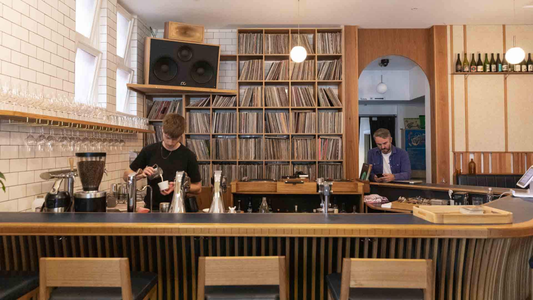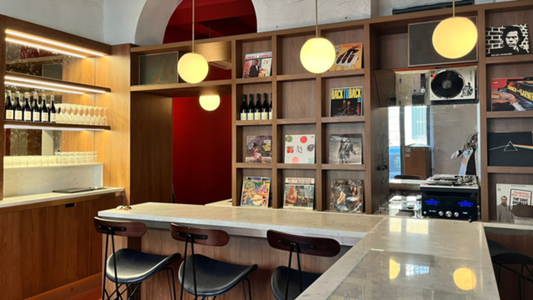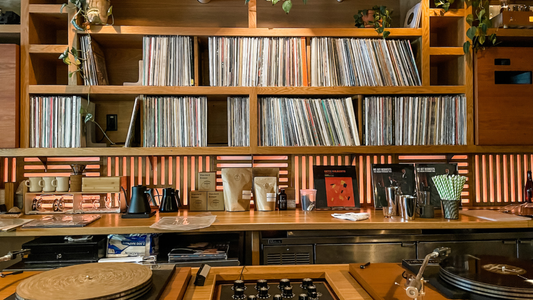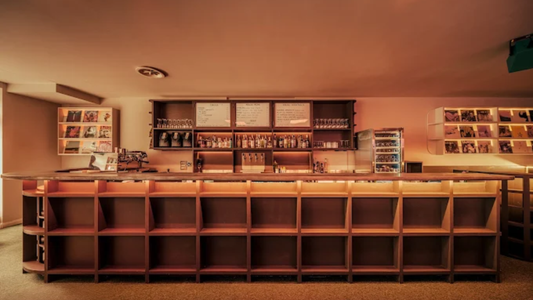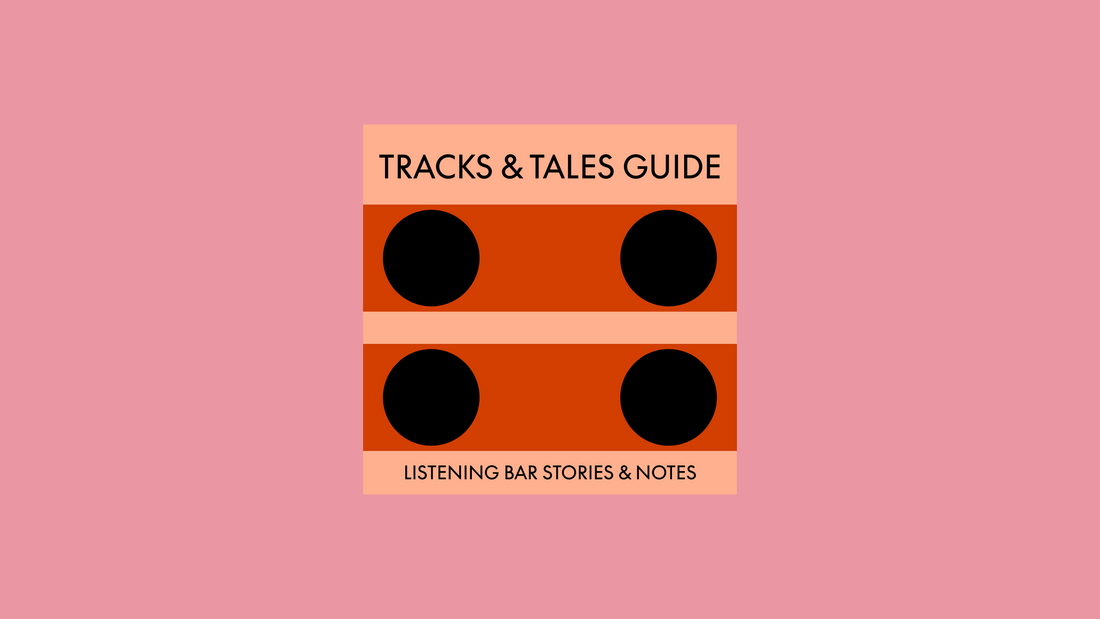
Silence as Ingredient
Why the absence of sound is the highest form of tuning.
By Rafi Mercer
Silence isn’t emptiness. It’s tension held perfectly still — the line between expectation and release. The best listening rooms understand this. They know that music doesn’t begin when the sound arrives; it begins in the quiet that frames it.
A true silence carries weight. It has texture, density, temperature. In a listening bar, it can feel electric — that split-second between the drop of the needle and the first bloom of tone. It’s a collective inhale, a room suspended.
How silence shapes sound:
- Framing — quiet defines contrast; it gives sound its shape.
- Anticipation — silence builds readiness, deepening emotional response.
- Recovery — pauses allow the ear to reset and the body to rest.
- Spatial awareness — silence lets us feel the size and geometry of a room.
- Respect — quiet invites reverence; it signals that attention matters.
The Japanese kissaten tradition elevated silence to ritual. Patrons spoke little, staff moved gently, soundproofing was invisible but absolute. The result was not austerity, but immersion — music suspended in still air. Even the absence of chatter became part of the mix, a negative space that shaped the room’s identity.
Western spaces often fear silence, mistaking it for awkwardness or lack. But when a room holds quiet confidently, it gains gravity. The space feels tuned — alive yet contained.
Designers of great listening bars build silence the way chefs season: precisely, invisibly. Heavy curtains, thick walls, soft flooring. HVAC hum eliminated, glass decoupled from frame. The goal isn’t muteness but control — a silence that listens back.
At home, cultivating silence doesn’t require perfect acoustics; it needs awareness. Lower the lights, pause before pressing play, allow the room to settle. That small stillness becomes part of the composition — a reset between worlds.
Silence has another gift: perspective. In the gap between records, you sense your own pulse, the faint creak of wood, the breath of another person. You realise listening is never only external. The music plays outside; the silence plays within.
True listening, then, is not just the art of sound, but the art of pause. Silence is the hinge — the point on which the whole experience turns.
Quick Questions
Why is silence important in listening?
Because it frames and amplifies sound, allowing detail and emotion to emerge fully.
How do listening bars create silence?
Through design, etiquette, and respect — soundproofing, soft materials, and shared awareness.
Can silence be part of music itself?
Yes. The space between notes is as expressive as the notes themselves.
Rafi Mercer writes about the spaces where music matters.
For more stories from Tracks & Tales, subscribe, or click here to read more.
